Our Latest Articles
-
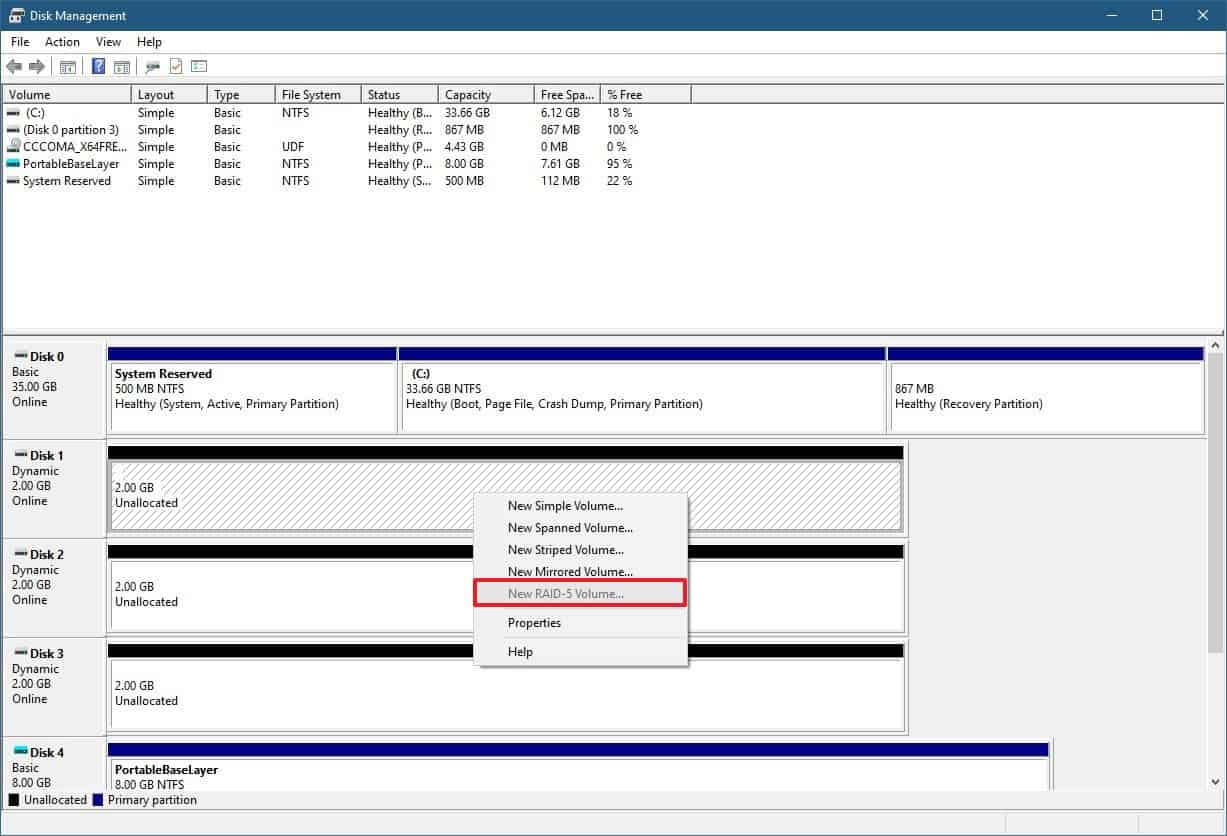
RAID-5 volume
RAID 5 Volume is a volume created with the Disk Management portion of the Computer Management tool that stores its data with parity information across multiple physical disks.
-
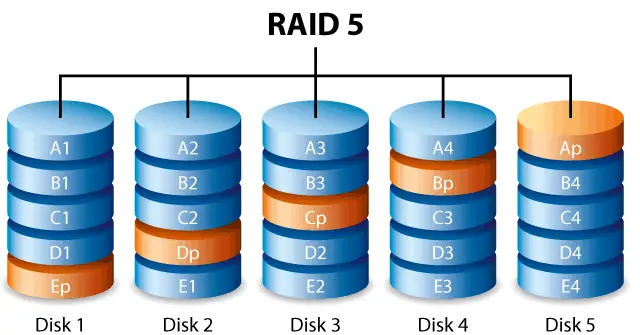
Raid 5 – Implementing disk striping with parity
Guide to help you implement RAID 5 (striping with parity) on Windows Server.
-
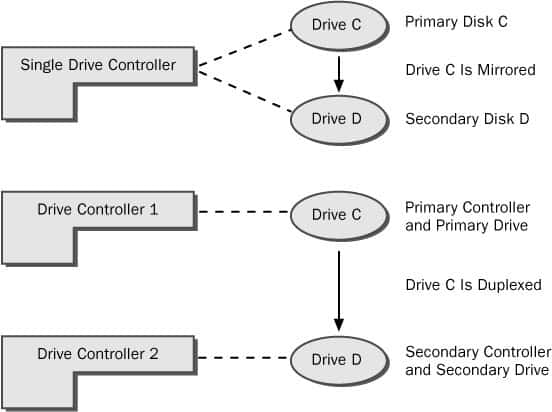
Raid 1 – Implementing Mirror Disk on a server
Guide to help you implement RAID 1 (Mirror Disk) on Windows Server.
-
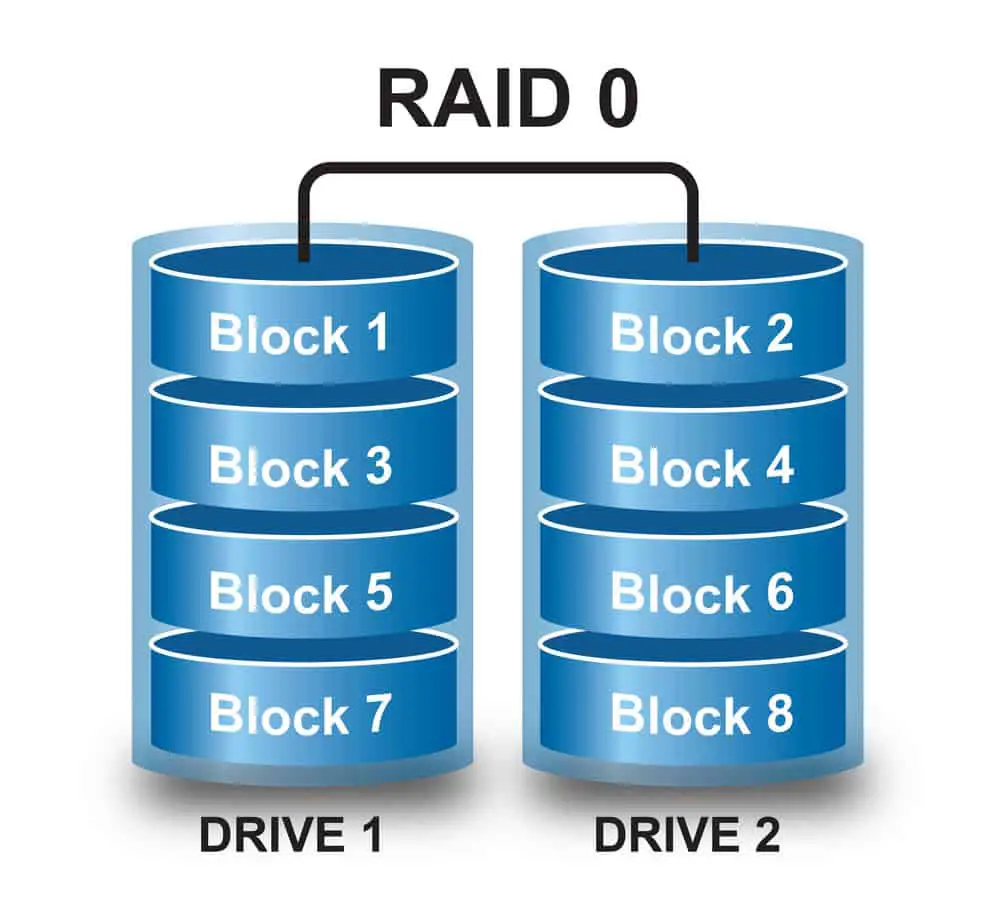
Raid 0 – Implementing disk striping
Guide to help you implementing RAID 0 on Windows Server.
-
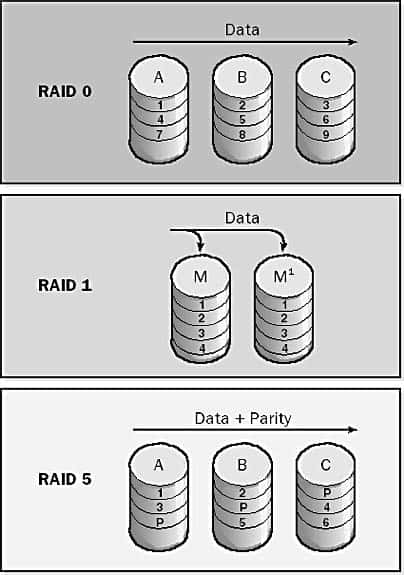
RAID
RAID stands for redundant array of independent disks, is a technology for implementing fault-tolerance on a disk subsystem by using data redundancy, either using software or using a separate hardware RAID storage unit.
-
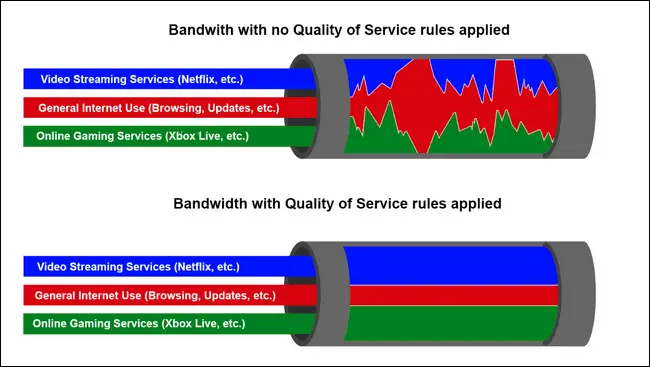
Quality of Service (QoS)
QoS is any networking technology that has predictable latency and data loss.
-
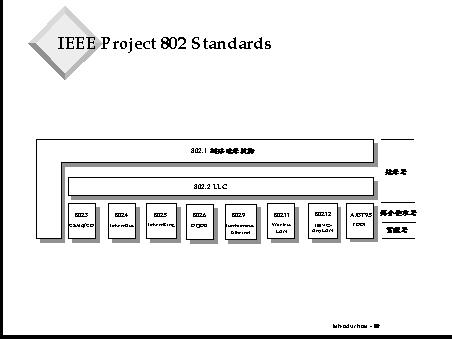
Project 802
Dive into Project 802—an IEEE initiative defining LAN and WAN technologies. Explore its major subsections like 802.1 to 802.14, covering everything from Ethernet to network security.
-
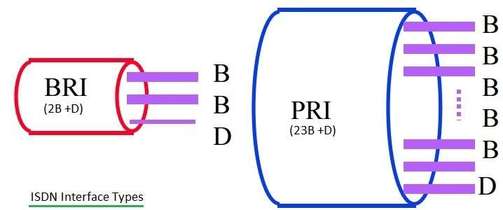
PRI-ISDN: Primary Rate Interface ISDN
Explore the legacy of PRI-ISDN: a once-dominant ISDN framework for digital communication, now overtaken by modern telecommunication technologies.
-

Permanent Virtual Circuit (PVC)
Permanent Virtual Circuit is a form of telecommunications service for wide area networks (WANs) that provides a dedicated switched circuit between two nodes in a circuit-switched network.
-

Pass-Through Authentication
Pass-Through Authentication is a method of performing authentication to a domain controller that resides in a trusted domain.
-
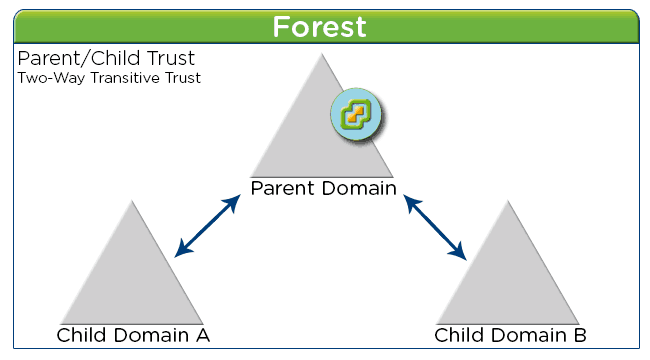
Parent Domain
Parent Domain is a domain in a Microsoft Windows Server domain tree whose Domain Name System (DNS) name forms the basis of subdomains called child domains.
-
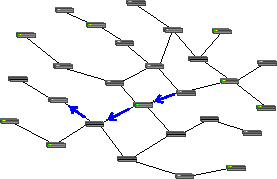
Packet Forwarding
Packet Forwarding is the process of a networking component accepting a packet and transmitting it to its destination.